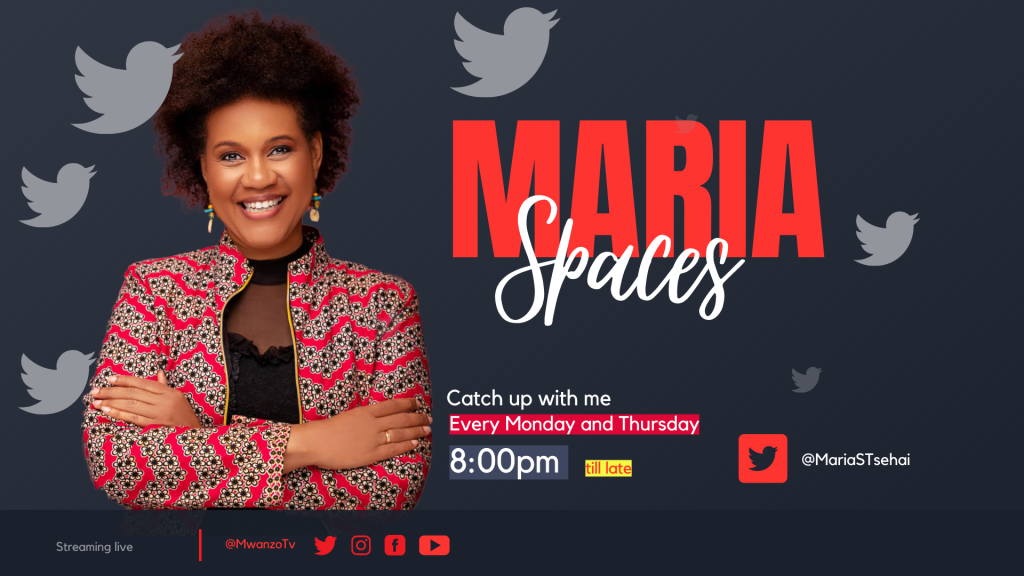
Did you know the electrically powered needle used to create a tattoo on your skin, usually pricks the skin up to three thousand times per minute like a sewing machine without the thread? Once the preserve of sailors, bikers and prison inmates, tattoos have now entered the cultural mainstream, with an estimated one in five adults in the US alone having at least one tattoo.
Historically tattoos were tribal and religious symbols found in many traditional societies. They originally became popular after European sailors visited Polynesia in the second half of the 18th century. The word tattoo is said to come from the Tahitian word Tatau – to mark.
Before inking begins, the chosen area is disinfected and if necessary shaved. The tattoo artist creates a stencil which is applied to the skin and then covered with an oily substance to allow the tattoo needle to glide across the skin’s surface.
The tattoo is created by injecting ink into the skin using an electrically powered needle which punctures the skin up to 3000 times per minute, like a sewing machine without the thread. Each puncture deposits a drop of insoluble ink at a depth of around 1mm.
The process can be painful especially on the ribs and ankles where the skin is nearest the bone.
Unwanted tattoos are often removed with laser treatment. This breaks down the ink pigments in the skin which are then carried away by the body’s immune system. Alternatively, dermabrasion, where the outer layers of the skin are vigorously rubbed with a rapidly rotating device or excision, where the unwanted tattoo is surgically removed, are also used.
This report was produced by Mwanzo TV with the support of Code for Africa and Deutsche Welle Akademie Kenya






